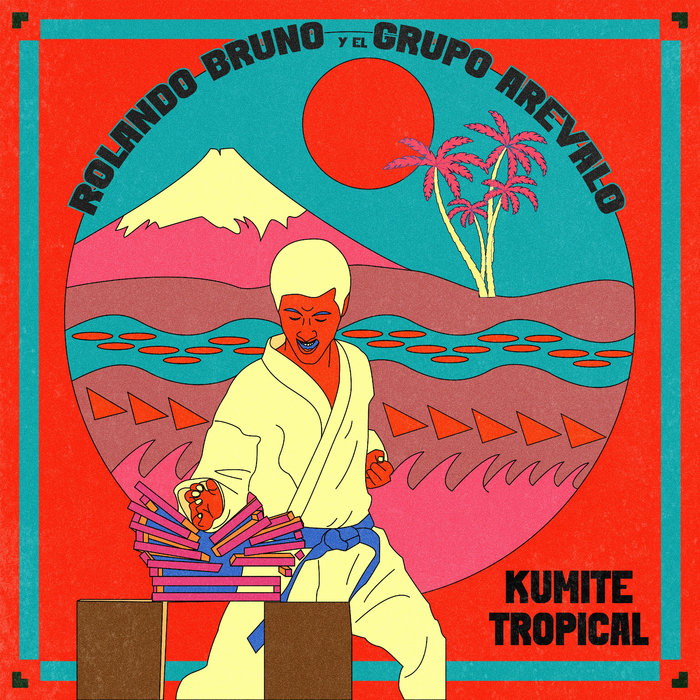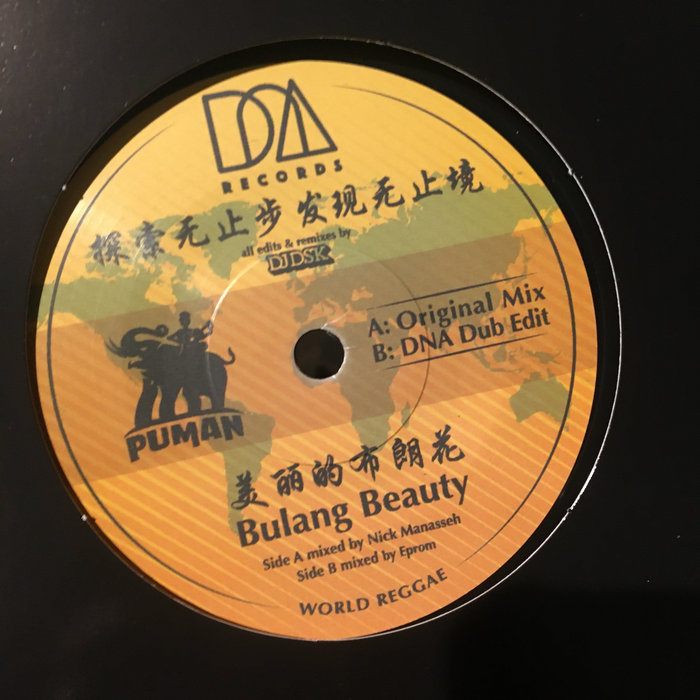
KUMITE TROPICAL – Rolando Bruno y el Grupo Arevalo
this blog is GROOVY – check out great Soul, Funk, Jazz, Hip Hop, Bass, Breaks , Reggae, House n many more TUNES
When we think about music from Asia, a kaleidoscope of sounds and rhythms comes to mind. From the flowing melodies of traditional instruments to the pulsating beats of modern pop, Asian music is as diverse as its cultures. So put on your favorite headphones and join me on a funky journey through the history of this vibrant genre!
Let’s start our groove back in time—way back! Many ancient musical traditions emerged in various regions across Asia. Did you know that China boasts one of the oldest musical heritages? Instruments like the erhu (a two-stringed fiddle) have been around for thousands of years. Legend has it that even Confucius was an admirer, believing that music can lead people toward moral goodness.
Over in India, classical music developed its own distinct styles: Hindustani (North Indian) and Carnatic (South Indian). The use of intricate ragas and talas creates mesmerizing soundscapes. That’s right! You could say Indian musicians were jamming before “jamming” was a thing!
As we skip along through time, let’s not forget folk music! Every corner you turn leads to unique melodies rooted in local customs and stories—from Japan’s min’yō tunes sung during festivals to Thailand’s lively mor lam, which brings rhythm to rice planting! Here’s a quirky fact: In Bhutan, there exists a unique tradition where songs are sung while “khuru,” or darts, are thrown—it’s like karaoke meets competitive sports!
Fast forward to the 20th century when rock ‘n’ roll took over much like those irresistible dance moves at weddings! With global communication increasing post-World War II, Western influences began seeping into Asian countries.
In Japan during the late ’60s and early ’70s, bands like The Tigers merged Western rock with Japanese flair. They became rockstars overnight but had one funny quirk—their English pronunciation was so off-the-wall that they released singles with hilariously mispronounced lyrics!
Meanwhile, in India, Bollywood began integrating spicy pop elements into film soundtracks. One hilarious example is singer Kumar Sanu who managed to croon more than 25 songs for movies within just one year—a record-breaking feat he pulled off while maintaining his trademark mustache glamor!
Now let’s shimmy our way into modern times—the rise of K-Pop! This addictive blend includes catchy hooks mixed with rap breaks paired with superb choreography that’s made millions groove worldwide. Groups like BTS not only topped charts but also exploded memes all over social media faster than you can say “Saranghae!”
Here’s an amusing tidbit—BTS once set up their own Twitter game challenge called #NotTodayChallenge where fans tried out their best dance steps featuring some pretty awkward attempts caught on video—it turned out more hilarious than slick at times!
And then there’s Psy—the man behind “Gangnam Style,” whose horse-riding dance went viral globally because nothing says cool quite like pretending you’re riding an invisible steed while wearing sunglasses!
Asian artists don’t stop at borders; they love mixing things up through collaborations too! Just look at how EDM producers from Asia team up with big-name artists in Hollywood or K-Pop stars feature rappers from America—all united by good vibes and catchy tunes.
A truly groovy project is DJ Snake teaming up with J Balvin on “Loco Contigo”—with infectious beats having everyone dancing without knowing what half those lyrics mean except for a collective feeling resembling pure joy (and maybe confused looks).
Did someone mention confusion? There have been numerous cases where translations gone wrong resulted in comically bizarre titles for famous songs—like when initial translations referred to Rihanna’s “Umbrella” as “The Brolly Song” or something equally random…only adding laughter wherever played.
We can’t talk about Asian music without mentioning its incredible array of instruments—the sonic powerhouses each country brings forth deserve special attention:
Imagine if these enchanting sounds collaborated—not minus humor though; picturing pipa strings battling tablas live would be comedy gold every note struck might bring giggles instead unless they find harmony together first… fingers crossed here folks!
As we come full circle back home after grooving around Asia musically—we realize this genre isn’t confined by regional boundaries anymore; it embraces collaboration between ethnicities leading towards creativity galore.
Whether it’s jamming hard-to-reach notes higher than rooftops or partying under shimmering lights wrapped tight within cultural expressions—you better believe Asian musicians continue breaking barriers redefining genres daily filled laughter wisdom tales yet unsung still learning keeping us wiggling forever inspired long after lights fade away…
So next time you hear some groovy beats emanating from your speakers labeled “Asian Music,” remember whether silly quirks behind them legends drifting through decades breathe life into each performance leaving footprints etched soon enough hopping onto new waves coming ahead jazzy funky brightening backgrounds everywhere!

KUMITE TROPICAL – Rolando Bruno y el Grupo Arevalo

Bulang Beauty – djdsk